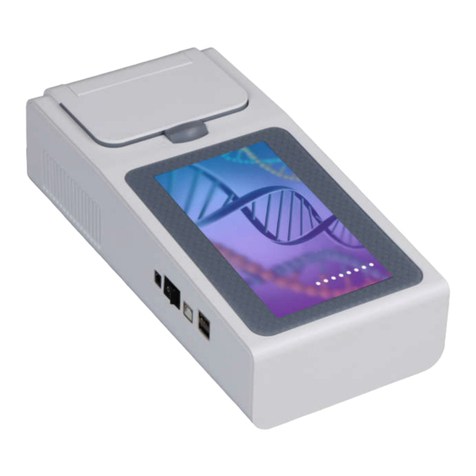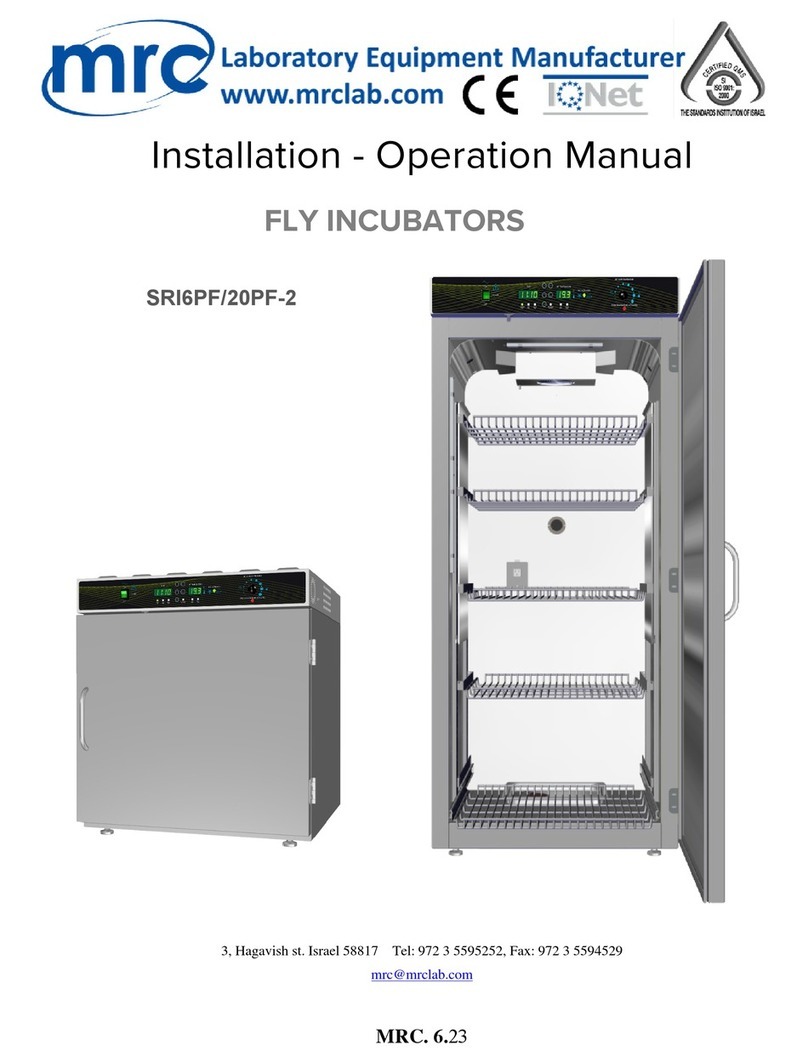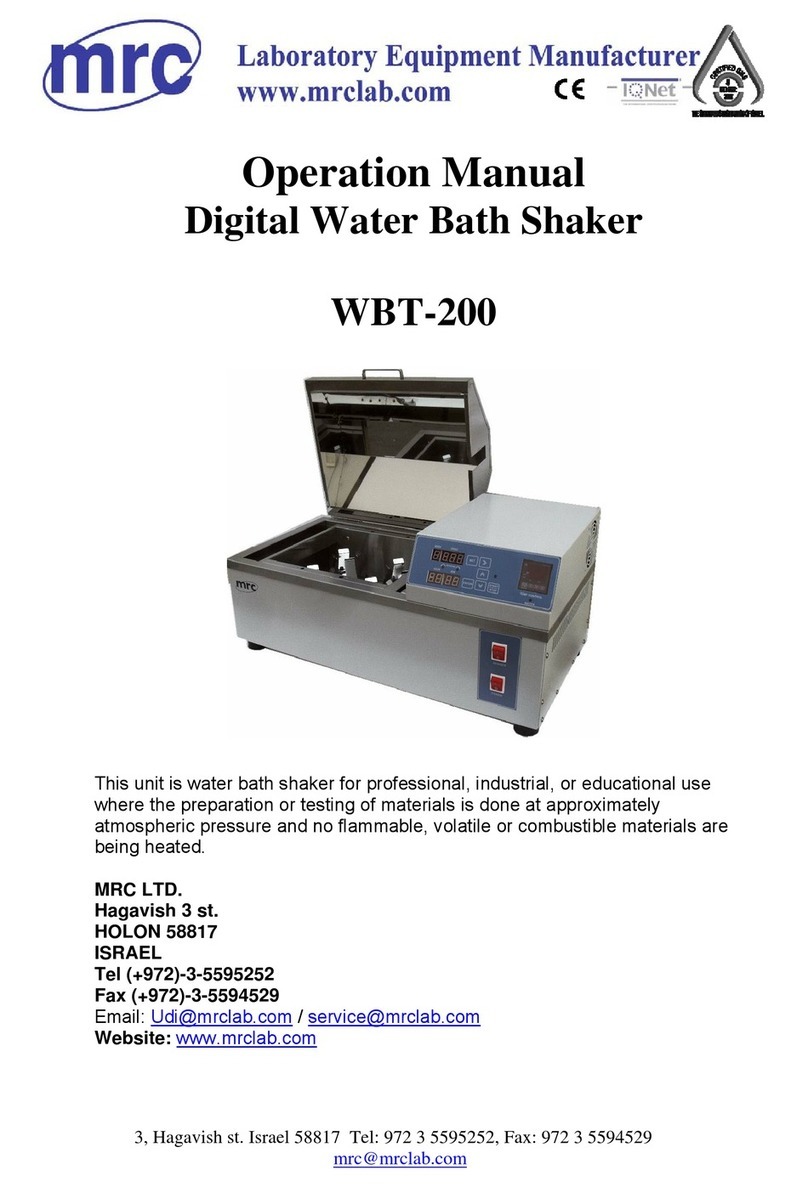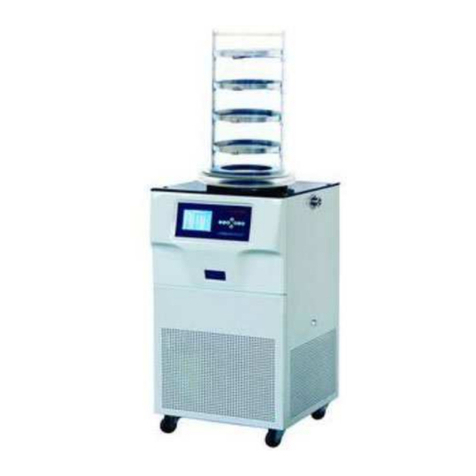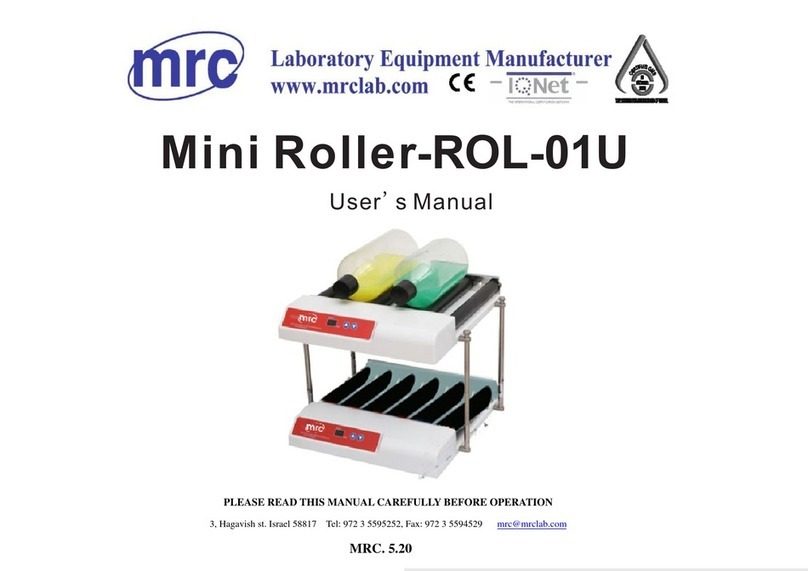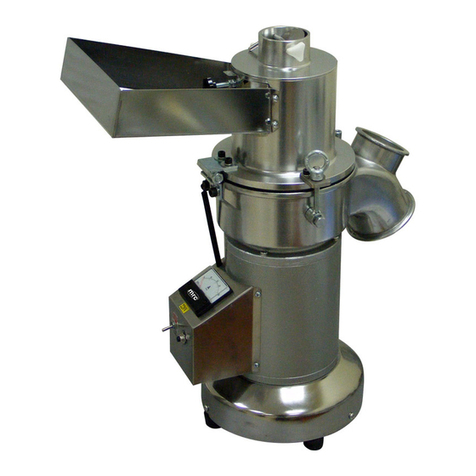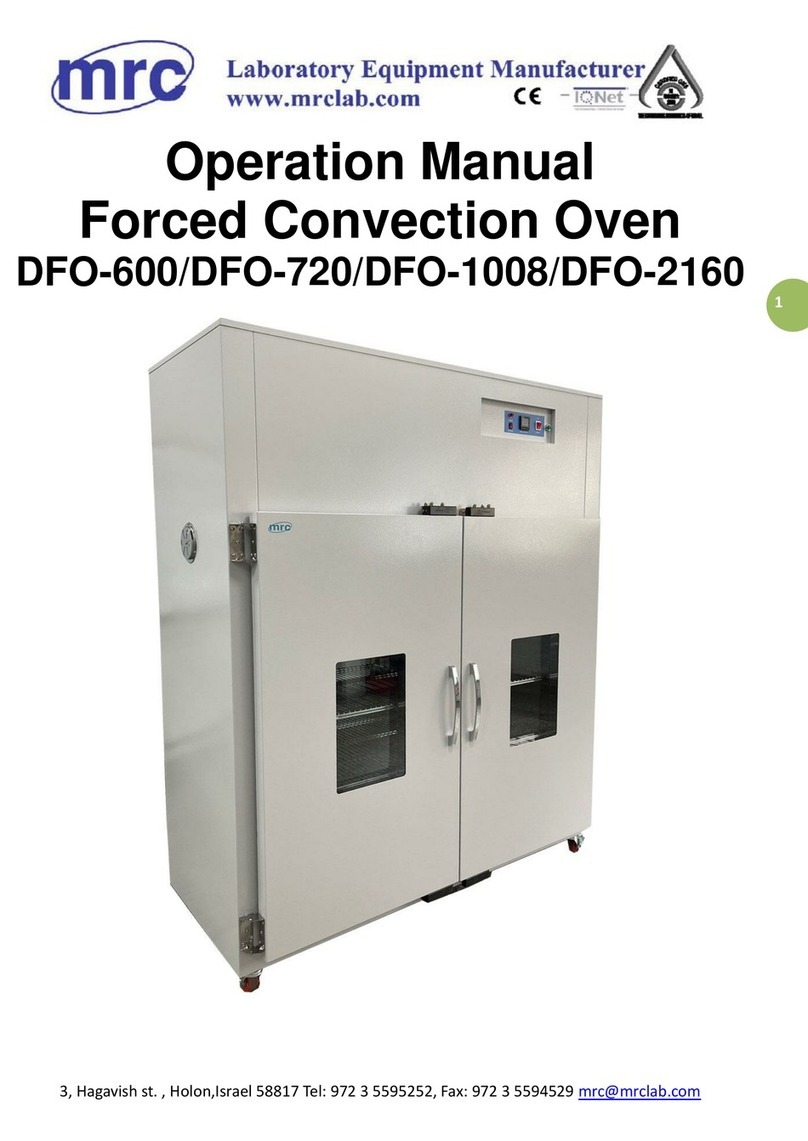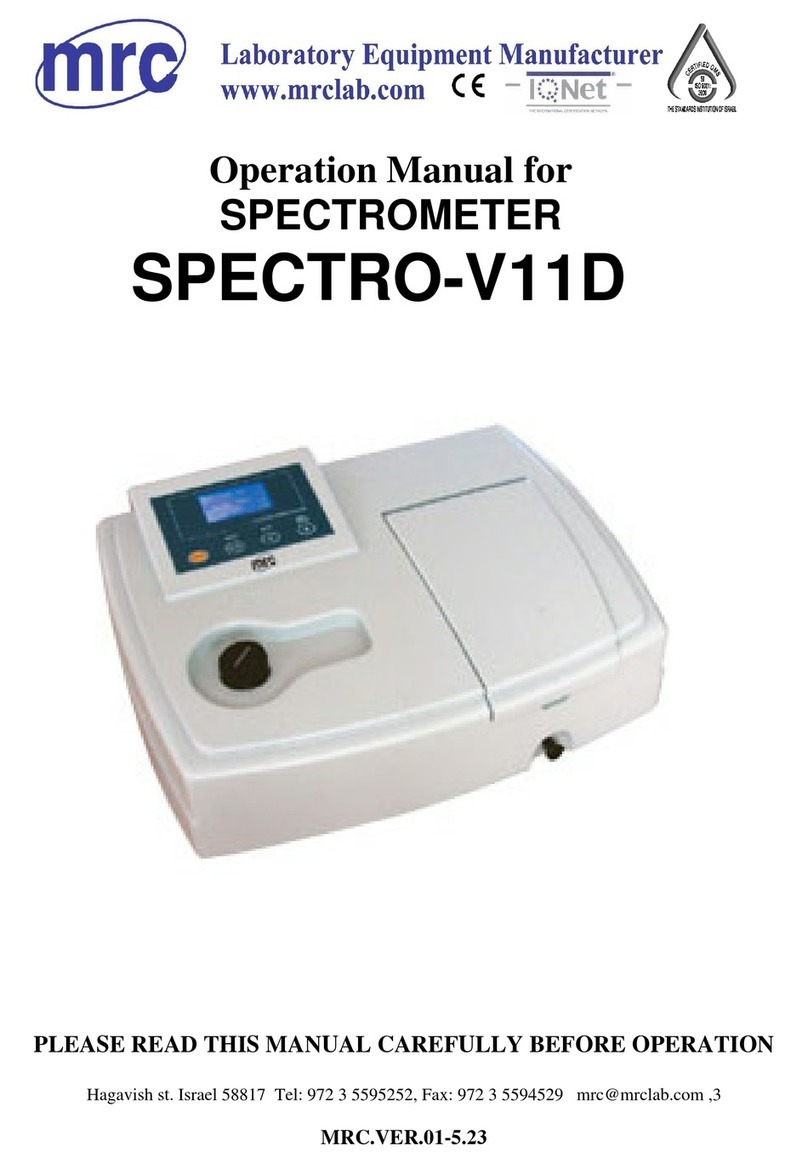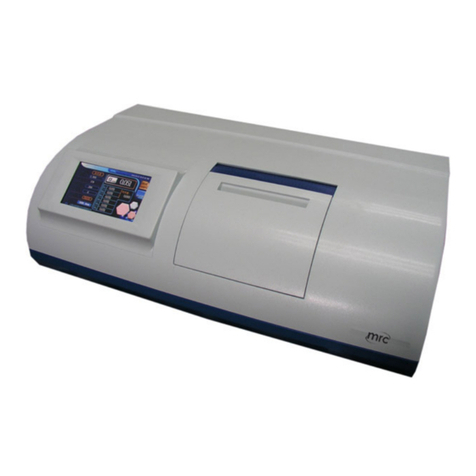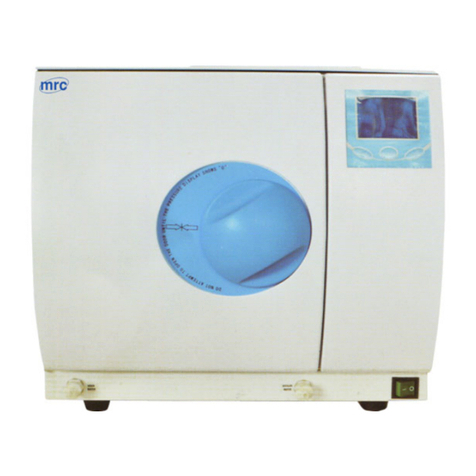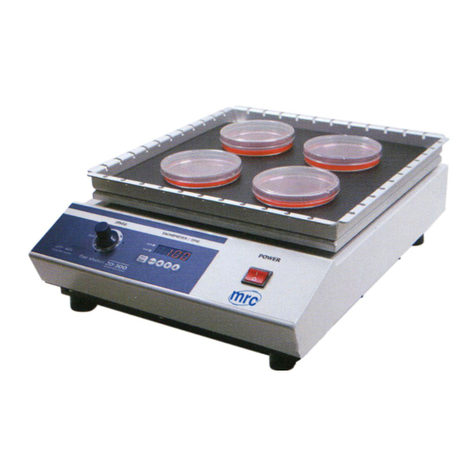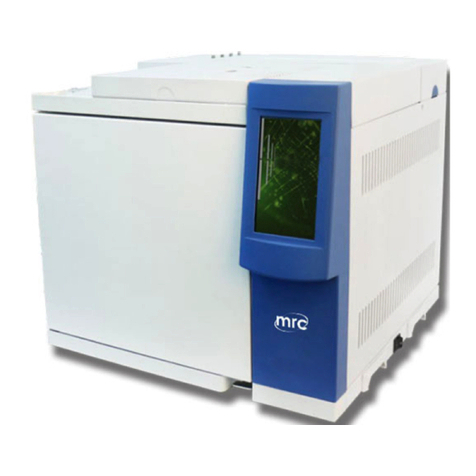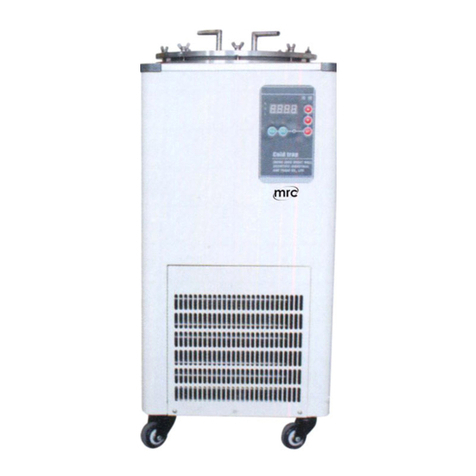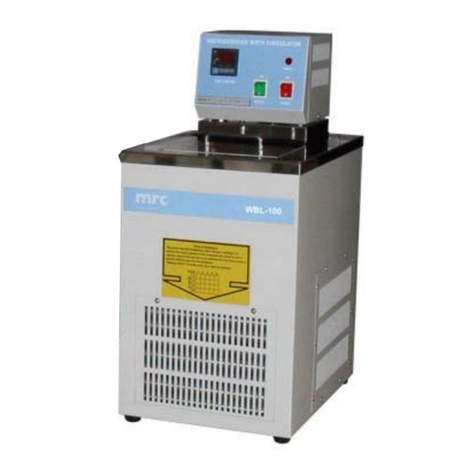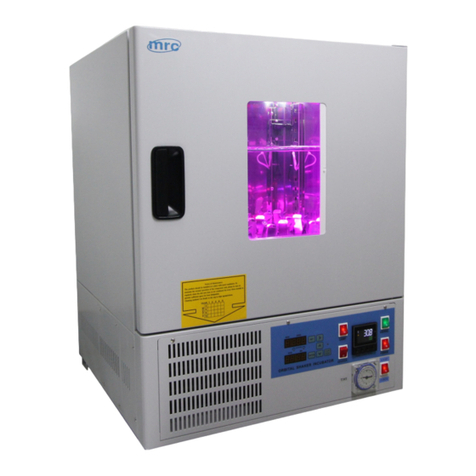
Content
.............................................................................................................................2
...............................................................................................................................3
................................................................................................................ 3
DANGER: For damage and danger caused by improper use is the sole
responsibility of the user.
................................................................................................................. 3
........................................................................................................... 3
................................................................................................................................. 4
2.3.1 Dangerous vapor....................................................................................................................4
2.3.2 High internal pressure........................................................................................................ 5
2.3.3 Hot surfaces and liquid........................................................................................................ 5
2.3.4 broken glass............................................................................................................................ 5
2.3.5 Failure in operation............................................................................................................... 5
2.3.6 Personal Protective Equipment.........................................................................................5
2.3.7 Retrofit...................................................................................................................................... 6
............................................................................................................................6
.............................................................................................................7
Storage and transportation environmental requirements............................................ 7
Material Instructions............................................................................................................... 7
................................................................................................................7
4.2.2 Rear view................................................................................................................................ 10
4.2.3 Water supply and drainage connection diagram................................................... 11
4.2.4 External electrical connection of equipment diagram............................................... 11
................................................................................................................12
4.3.1 Water shortage detection component............................................................................... 12
4.3.2 Heater overheat protection component........................................................................... 12
4.3.3 Over-current Protection component...............................................................................13
................................................................................................................................... 13
........................................................................................................................ 14
6.2.1 Installation model A condensing system...................................................................15
6.2.2 Installation model B condensing system..................................................................16
6.2.2.1 Installation of glass condenser.................................................................................... 16
6.2.2.2 Installation of cooling circulator pipeline................................................................. 17
6.2.2.3 installation of vacuum pump pipeline...................................................................... 18
...................................................................................................................... 19








